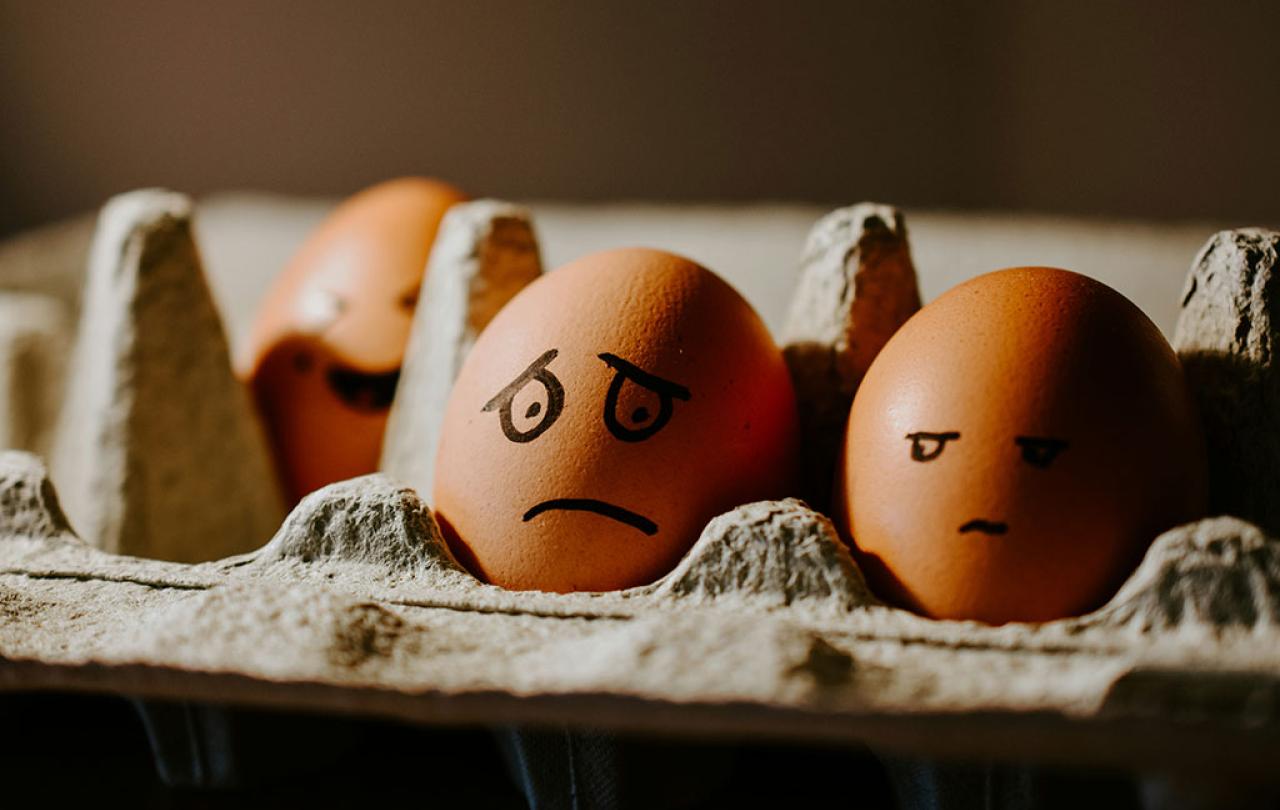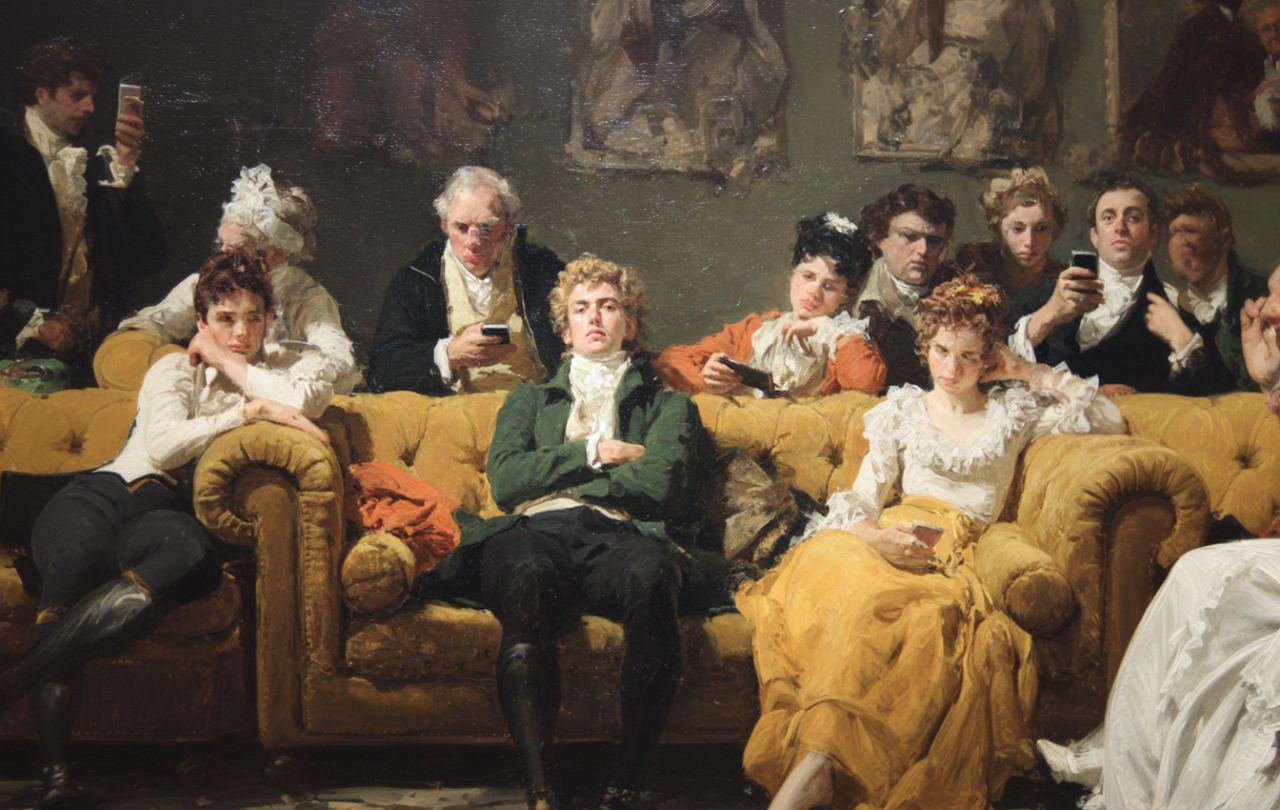
‘You’re not going to mention the psalms!’ my colleague said. ‘Are you?’
She was doing alarmed eyes at me, the sort which show white all round. I could see why really. We were on our way to give a talk at a big secondary school in Birmingham – multi-cultural, multi-ethnic, multi-faith. The sort where praying had been banned as divisive, and the wearing of crosses discouraged. Hijabs too, for that matter. Not the kind of place where you chat lightly about a part of the Christian bible, on the whole, unless you’re trying to be provocative.
I did mean to mention them though. ‘I can’t think of another example,’ I said. ‘And anyway, it’s too late now – I sent the slides through last night.’ Deep breaths.
Just to explain a little, as counsellors, my colleague and I had set up a programme of talks and workshops for schools in the area, aimed at improving mental health in the aftermath of the pandemic. We’d seen all the warnings about the ‘tsunami of mental health issues’ threatening to deluge the country and decided to take action. Recognising that we couldn’t get to every individual child who might need help, we’d focused our efforts on the adults in the schools. Steady the grown-ups and you steady the children, was our thinking. The young take their wellbeing largely from the pattern set by their elders, even in this age of smart phones and social media, and the levels of despondency were very high among teachers and school staff in our experience. Lots of people burning out and leaving the profession. Not a steadying influence then. Hence our topic for today: ‘How to feel better in difficult times’.
I was nervous as I stood in front of the large hall full of people. Several hundred of them, all ages and stages. Some looking attentive, many expressionless, a few sleepy. I could see my colleague at the end of a row near the front. She had one hand up to the side of her face and was making herself small. Great, I thought. Very reassuring. But too late now, so on we go…
I introduced myself. I introduced my colleague. I introduced our work. And then I mentioned the thing that needed no introduction. It was already familiar, a regular inhabitant – present here in the room, but also everywhere else we went: our homes, our classrooms, our friends’ houses, the streets, the supermarkets. Fear. Horrid fear, drifting through the air like smoke. I gave them some awful statistics I’d found, about the rates of anxiety and depression. About the levels of self-harm, about the fact that suicide is now the second biggest killer of children between 10 and 15. I let these sink in a bit.
Then I asked, ‘So what are we afraid of, exactly?’
It is accepted practice in all mental health disciplines to try to identify the causes of fear and face squarely up to them as that’s the only real way to defuse their power, I said. I was going to read them a list of potential causes – and while I was doing so, I’d like them to try and guess where the list had come from. Call out your guesses please.
‘Getting old,’ I started. ‘Drinking too much. Tyrants swooping on other people’s countries. Teaching our children to be better than we are…’
‘Twitter!’ someone called out.
‘Cutting down the forests. Loss of friends. Waking up sweating in the night. Other people saying awful stuff about us…’
‘This Morning!’ came another voice.
‘Feeling very alone. No sign of things getting better. Envying the rich. Death. Food being short…’
‘The news this lunch time!’
‘Plagues and pestilences. Being in despair. Cruel words. The evils of the class system. Not having work. Feeling low. Feeling weak…’
‘It’s got to be The Daily Mail,’ someone else shouted. Laughter.
I looked up. ‘Good guesses,’ I said. ‘All of them, thank you. Only they’re a bit out of date. By about four millennia, give or take!’
Surprise fizzed through the room.
I had wanted to find out what people used to worry about, I explained. To see how that differed from our current worries. I hadn’t known where to look though, until I suddenly remembered the psalms. ‘Some of you might be familiar with the psalms,’ I said, ‘but for those of you who aren’t, they are 150 ancient songs full of moaning.’ They varied in age, but the oldest were thought to have been written the best part of 4,000 years ago – making them older than the pyramids. I’d taken twenty of these songs out of the middle of the book – Psalms 60-80 – and listed the things they were moaning about… as just demonstrated.
A lot of the sleepy faces were looking more alert now.
Since this ancient list is more or less identical to our own, we can draw two conclusions, I said. Both very good news. The first is that, clearly, these are the things we worry about – if we’re human. People from a totally different culture/ period in history/ part of the world/ ethnicity/ stage of economic development/ political system/ level of education and so on and on, worrying about the same things as us? Doesn’t it show that… er, it’s normal? For living, breathing, average, sentient human beings like us?
And secondly it proves, surely, that we’re designed to survive this kind of worrying. We’re wired to cope. Our brains are built for it. Because – ta da! – here we all are, FORTY CENTURIES later, still moaning about exactly the same stuff!
I looked at my colleague again. Not only were both her hands now down in her lap, but like a lot of the rest of the room, she was smiling.
‘If we can clear fear out of the way, it’s much easier to get on with sorting out problems,’ I finished. ‘So now, shall we talk about where we can get started?’





